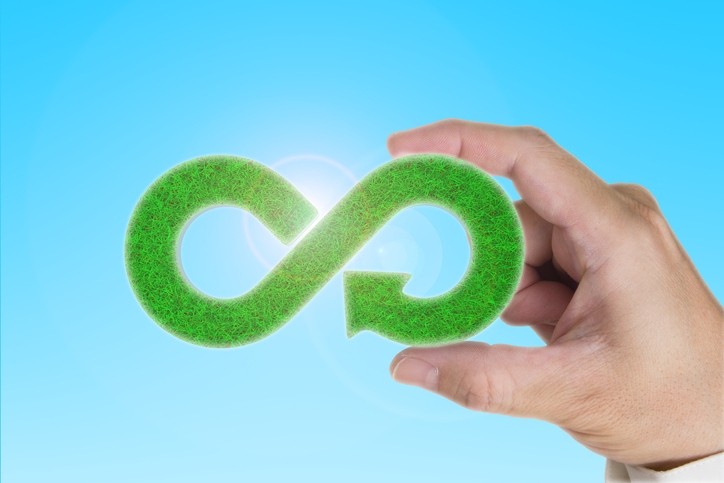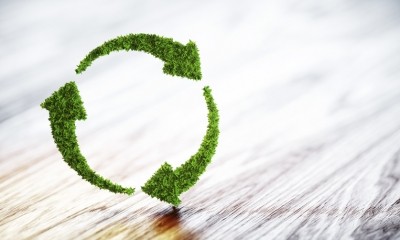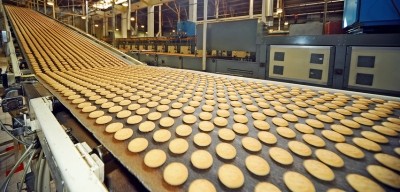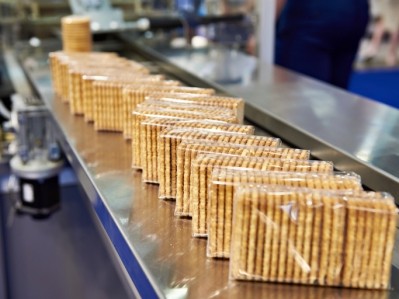Trotec led initiative looks to process wider range of former food products into high quality feed

The LIFE F3 project includes the Trotec processing plants in Belgium and France and is focused on boosting resource efficiency and the circular economy.
“Ultimately it is about averting greater food losses, as well as reducing CO2 emissions,” Sigrid Pauwelyn, general manager, Trotec NV, told us.
Former foodstuffs used in feed in Europe are typically of plant origin. The materials are removed from the retail market due to unintentional or unavoidable production errors. Typically, they include broken biscuits and chocolates, surplus bread, incorrectly flavoured crisps and breakfast cereals. Their benefits in feed derive from their high-energy content in the form of sugars, oils and starch.
“But there are plenty of former foodstuffs that do not find a solution, [that end up in landfill or incineration], and are not being processed into added-value products,” Pauwelyn said.
These are referred to as complex former food products, ones with challenging processing characteristics but a high nutritional value. They can include syrups, liquid chocolate streams, soon to expire, unused malnutrition targeted milk powders, bananas, seeds and nuts, or frozen products.
The LIFE F3 initiative will work with technology providers to develop a novel thermal treatment for such products, first at pilot scale, and then on an industrial level.
As well as pre-consumer foodstuffs, the former foodstuffs processing sector sources products that had been made retail ready from factories, but were deemed off spec, or the sector can take packaged goods from retailers and distribution networks that no longer complied with shelf life requirements or were in seasonal wrapping.
The LIFE F3 project will collaborate with partners to develop technology to separate packaging from former foodstuffs more efficiently while finding the best solution for those packaging components.
The idea is to come up with an industrial scale automated unpacking line, capable of removing primary and secondary packaging - cardboard and plastic - as well as tertiary packaging - cardboard.
EFFPA, the European Former Foodstuff Processors Association, estimates around 3.5m tons of former foodstuffs annually are processed into animal feed in the EU. But the organization believes that figure can jump to 6.5 or 7m tons by 2025, taking future innovations and the EU drive to reduce food waste into account.
According to EFFPA, in terms of sourcing, the supermarket and distribution side has yet to fully explored, and the former foodstuffs processing sector also has a way to go before reaching maturity in the newer European member states.
Ensuring the highest quality and the highest standards in terms of processing and unpacking former foodstuffs is critical for Trotec, a market leader in the sector, commented Pauwelyn.
Total recycling is Trotec's goal, which means that even food packaging gets a second life.
Innovation is a byword at the company, she said. “We are continuously investing to improve process quality, we have a strong R&D department that is always trying to go [one step] further [in terms of optimizing our processes], and the team looks to other industries to see if they can learn about their processes and technologies and adapt those to our business.
“So we also want to further explore unpacking technology possibilities under this initiative.”
LIFE F3 project goals
- Treatment of 13,500 tons of packed former foodstuff: Separation of the packaging material into three streams: cardboard, plastics, high calorific waste;
- Recycling of 1,508 tons of cardboard and 95 tons of plastics, and the thermic valorization of 2,683 tons of high calorific waste; and
- Production of feed with less than 0.03% of packaging;
- Treatment of 22,000 tons of challenging foodstuffs: Production of a high-quality feed corresponding to the standard feed blend;
- Increase total capacity by 50,000 tons of foodstuffs per year to produce 40,000 tons of additional qualitative feed blend;
- Production of 40,000 tons of feed blend per year leading to savings of 6,667 ha of crops, and 65.7 million m3 of water, while reducing CO2 emissions by 25,200 tons.










